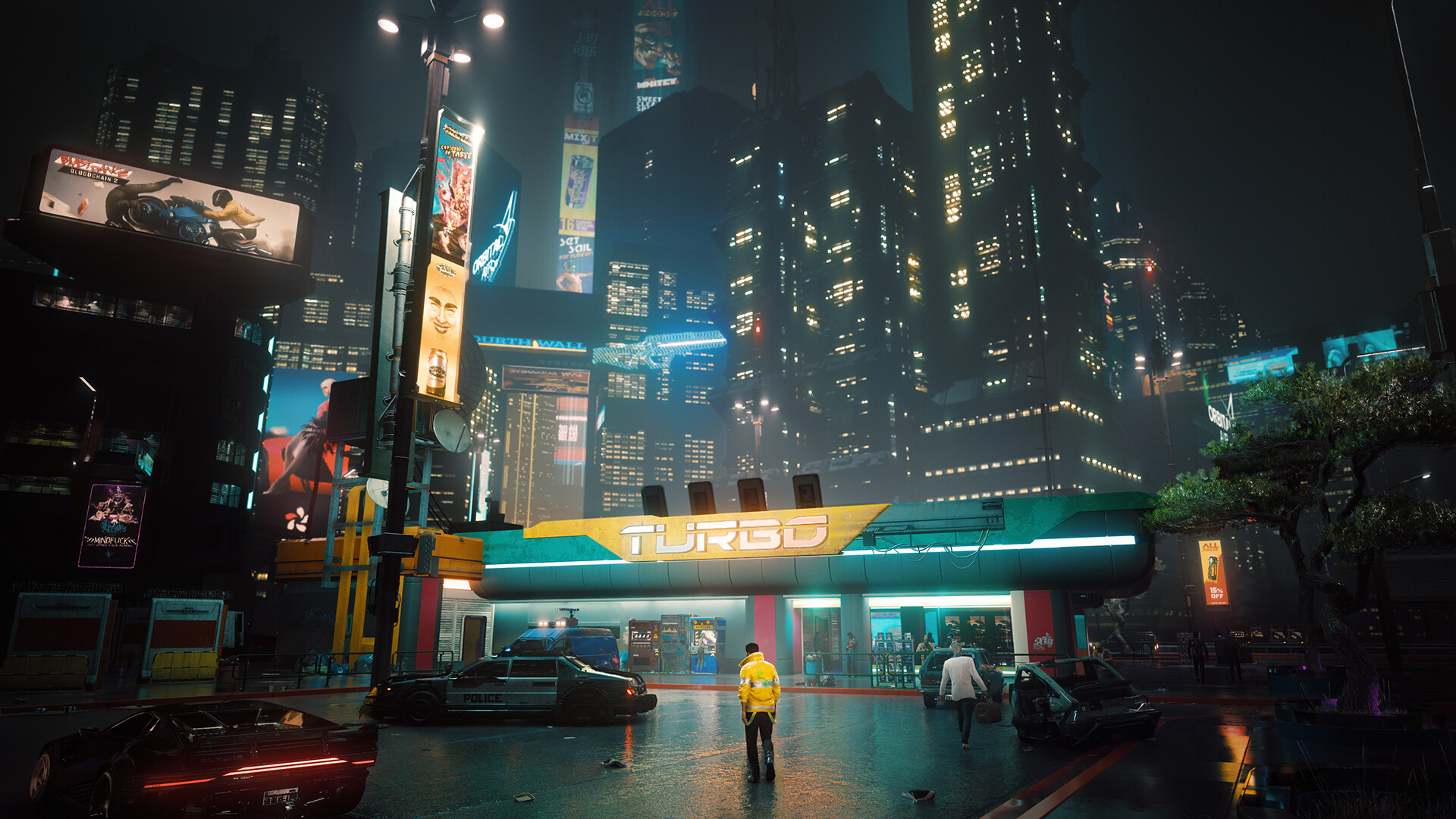Dear Esther: Landmark Edition Score – Walking Sim Origins
The video game industry has witnessed countless innovations over the decades, but few genres have sparked as much debate as the "walking simulator." At the heart of this discussion lies Dear Esther, a game that redefined interactive storytelling when it first launched in 2008 as a mod, later receiving a commercial remake in 2012. The Landmark Edition (2016) further refined the experience, solidifying its status as a cornerstone of narrative-driven gaming. More than just a game, Dear Esther is a meditation on grief, isolation, and the power of environmental storytelling—a precursor to modern walking simulators like Firewatch, What Remains of Edith Finch, and The Vanishing of Ethan Carter.
The Birth of a Genre
Before Dear Esther, games were largely defined by mechanics—shooting, platforming, puzzles. While narrative existed, it often took a backseat to gameplay. Dear Esther flipped this formula. Players wandered a desolate Hebridean island, piecing together fragmented narration from an unnamed protagonist mourning his deceased wife, Esther. There were no enemies, no fail states—just exploration and introspection.
Critics initially dismissed it as "not a real game," but its emotional depth and poetic prose resonated. The Landmark Edition elevated this further with remastered visuals, a full orchestral score by Jessica Curry, and expanded environments. The result was a hauntingly beautiful experience that proved games could be art.

The Power of Ambiguity
One of Dear Esther’s most compelling traits is its refusal to provide clear answers. The narrator’s monologues shift with each playthrough, offering different interpretations of Esther’s death—was it an accident? Suicide? A metaphor for something deeper? The island itself is littered with cryptic symbols: abandoned shacks, medical diagrams, glowing cave paintings. Players project their own meaning onto these fragments, making each journey uniquely personal.
This ambiguity was revolutionary. Unlike traditional games that guide players toward a singular truth, Dear Esther embraced uncertainty, inviting contemplation rather than resolution.
Jessica Curry’s Masterful Score
No discussion of Dear Esther is complete without mentioning Jessica Curry’s score. The Landmark Edition introduced a fully orchestrated soundtrack that ebbs and flows with the player’s footsteps. Piano melodies echo loneliness, while swelling strings evoke moments of fleeting hope. The music doesn’t just accompany the experience—it is the experience, shaping emotions in ways few game soundtracks achieve.
Legacy and Influence
Dear Esther didn’t just inspire walking simulators—it validated them as a legitimate form of storytelling. Games like Gone Home and Everybody’s Gone to the Rapture (also scored by Curry) owe much to its introspective design. Even open-world titles now incorporate environmental narratives, proving that player agency and deep storytelling can coexist.
Conclusion: A Quiet Revolution
Dear Esther: Landmark Edition isn’t for everyone. It demands patience, reflection, and a willingness to embrace the unknown. But for those who surrender to its melancholy beauty, it offers an experience unlike any other—a whispered elegy that lingers long after the screen fades to black.
In an industry obsessed with action and spectacle, Dear Esther remains a quiet revolution, reminding us that sometimes, the most profound journeys are the ones we take standing still.














